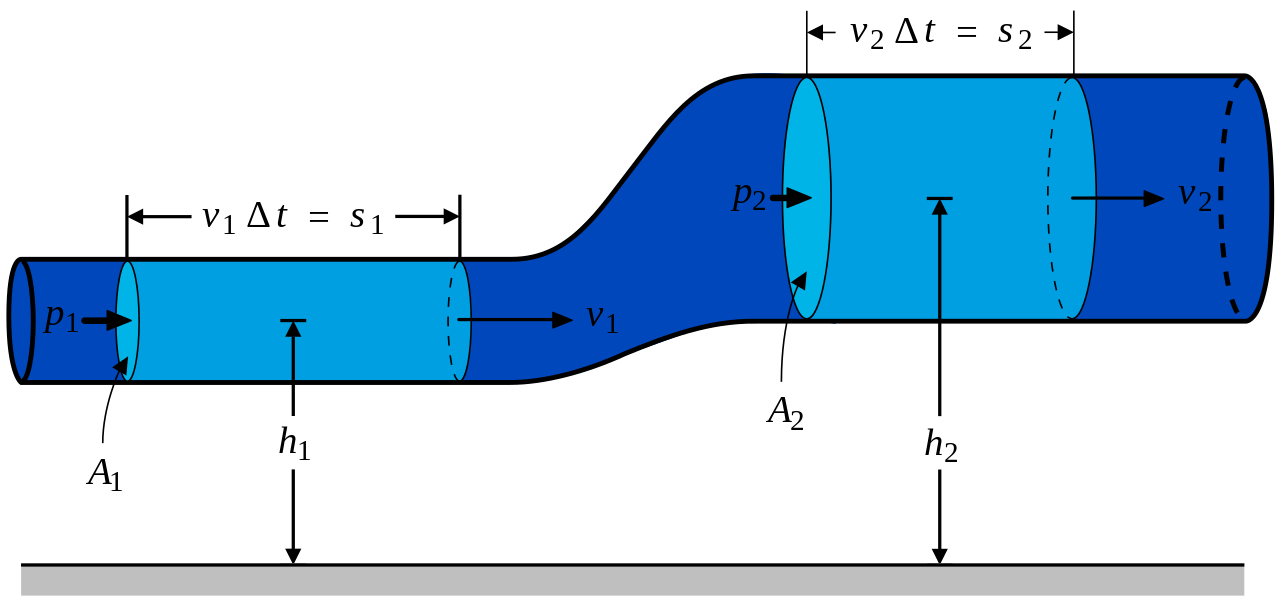By definition, a strong material is unbending . Presently, in spite of the fact that an inflexible material has a tendency to smash when subjected to expansive stresses, it can withstand a moderate shear stress ( i.e. , a push that has a tendency to distort the material by transforming its sh primate, without fundamentally transforming its volume) for an uncertain period. To be more correct, when a shear anxiety is initially connected to an inflexible material it distorts somewhat, yet then springs back to its unique shape when the anxiety is assuaged. A plastic material, for example, mud, additionally have some level of unbending nature. On the other hand, the discriminating shear stress at which it yields is moderately little, and once this anxiety is surpassed the material disfigures constantly and irreversibly, and do es
not recoup its unique shape when the anxiety is assuaged. By definition, a liquid material has no unbending nature by any stretch of the imagination. In different words, a smal l liquid component is not able to withstand any propensity of a connected shear anxiety to change i ts shape. By the way, this does not block the likelihood that such a component might offer imperviousness to shear stress. Then again, any resistance must be unequipped for anticipating the adjustment fit as a fiddle from in the long run happening, which infers that the power of resistance vanishes with the rate of disfigurement. An undeniable culmination is that the shear stress must be zero all around inside a liquid that is in mechanical harmony. Liquids are routinely named either fluids then again gasses .

The most imperative difference between these two sorts of liquid lies in their relative compressibility : i.e., gasses can be compacted substantially more effortlessly than fluids. Hence, any movement that includes noteworthy weight varieties is for the most part joined by much bigger changes in mass thickness on account of a gas than on account of a fluid. Obviously, a plainly visible liquid eventually comprises of an enormous n
umber of individual atoms. Nonetheless, most viable utilization of liquid mechanics are concerned mind h conduct on length-scales that are far bigger than the normal intermolecular dispersing. Under these situation s, it is sensible to assume that the mass properties of a given liquid are the same as though it were totally constant in structure. A culmination of this presumption is that when, in the accompanying, we discuss little volume component s, we truly mean components which are adequately little that the mass liquid properties, (for example, mass thickness, pressure, and speed) are give or take steady crosswise over them, be that as it may, are still sufficiently extensive that they contain an extremely incredible number of molecules (which infers that we can securely disregard any measurable varieties in the mass properties) . The continuum speculation additionally obliges little volume components to be much bigger than the atomic without mean path between crashes.
Know more, free download this book-click here
Fluid Mechanics
Richard Fitzpatrick Professor of Physics The University of Texas at Austin






0 comments:
Post a Comment